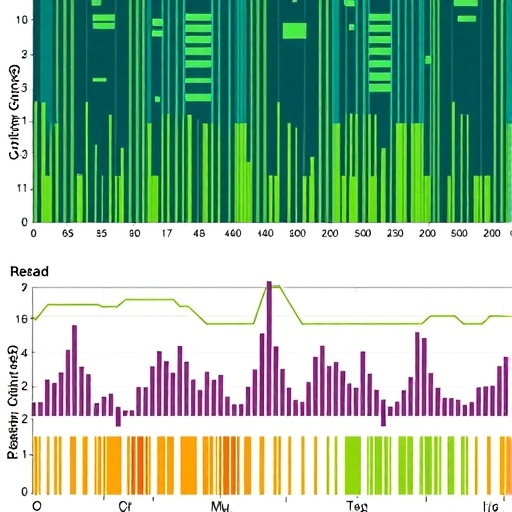Children from disadvantaged backgrounds and certain ethnic minority backgrounds, including from Pakistani and Bangladeshi backgrounds, have lower levels of vigorous physical activity, according to researchers at the University of Cambridge.
The patterns mirror inequalities seen in levels of childhood obesity, suggesting a need for a greater focus on the promotion of vigorous physical activity, particularly for those children from more disadvantaged backgrounds.
Over the past four decades, the global prevalence of childhood obesity has increased tenfold. Obesity in childhood is associated with illness and early death in adulthood, so tackling childhood obesity is increasingly a public health priority for governments.
There are also widening inequalities in obesity prevalence. By age 11, UK children from disadvantaged families are three times as likely to be obese than more advantaged children. There are also stark ethnic and racial differences in levels of childhood obesity, with higher rates of obesity within certain ethnic minorities including children from Black African, Black Caribbean, Pakistani and Bangladeshi backgrounds.
Evidence suggests that more vigorous intensity activity – such as running or swimming – is more strongly linked with reduced waist circumference and body fat than moderate intensity activity. International guidelines say that children should engage in moderate-to-vigorous intensity activity for at least 60 minutes per day.
“When we look at overall physical activity we don’t see clear differences between children from different backgrounds despite clear inequalities in obesity,” says Rebecca Love, a Gates Cambridge Scholar at the Centre for Diet and Activity Research (CEDAR) in the MRC Epidemiology Unit at the, University of Cambridge. “To investigate this further, we looked at whether overall physical activity was hiding inequalities in the intensity with which that activity is performed that might explain these patterns.”
The researchers studied data from almost 5,200 children aged 7 years who were part of the Millennium Cohort Study, a longitudinal study of children born in the UK between September 2000 and January 2002. The children were given accelerometers and their activity measured for a minimum of ten hours for three days. The results are published today in the journal BMJ Open.
The team found that the higher the level of education attained by the mother, the more minutes of vigorous intensity activity her child was likely to have, accounting for time spent in moderate physical activity. Children with mothers with high levels of education accumulated three minutes more vigorous activity per day then those with low levels of education. Similarly, the team found significantly more time spent in vigorous intensity activity incrementally with increasing household income.
Intensity differences were also apparent by ethnicity. White British children perform on average more than three minutes more daily vigorous physical activity in comparison to children from Pakistani and Bangladeshi backgrounds. Children from ‘other ethnic groups’ also accumulated 2.2 minutes fewer daily vigorous intensity activity overall.
It is suggested these differences are relevant on a population level and changes to reduce differences in vigorous physical activity could have population implications for inequalities in adiposity in UK children. The differences were consistent in both boys and girls.
“There are clear differences in the amount of vigorous physical activity a child does depending on their socioeconomic and ethnic background,” explains senior author Dr Esther van Sluijs. “Although individually, these differences are small, at a population level they are likely to make a difference. Changes to reduce existing gaps in vigorous intensity activity could help reduce existing inequalities in levels of obesity in children.”
The team say that there are many factors that might explain the differences, including access to or the cost of participating in sports activities, and a parent working longer, inconsistent work hours within a low-income job. There may also be differences in home and family support for physical activity between ethnic groups.
“Children from different backgrounds can face a number of barriers preventing them from participating in sports or other types of vigorous physical activity,” adds Dr Jean Adams. “We need to find more ways to provide opportunities for all children to get involved in vigorous activity”
###
The research was funded by the British Heart Foundation, Department of Health, Economic and Social Research Council, Medical Research Council, and Wellcome. Additional support was provided by Gates Cambridge.
Reference
Love, R et al. Socio-economic and ethnic differences in children’s vigorous intensity physical activity: a cross-sectional analysis of the UK Millennium Cohort Study. BMJ Open; 28 May 2019
Media Contact
Craig Brierley
[email protected]




